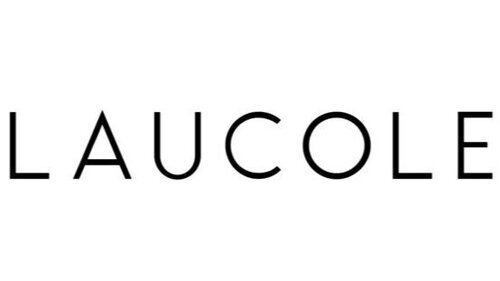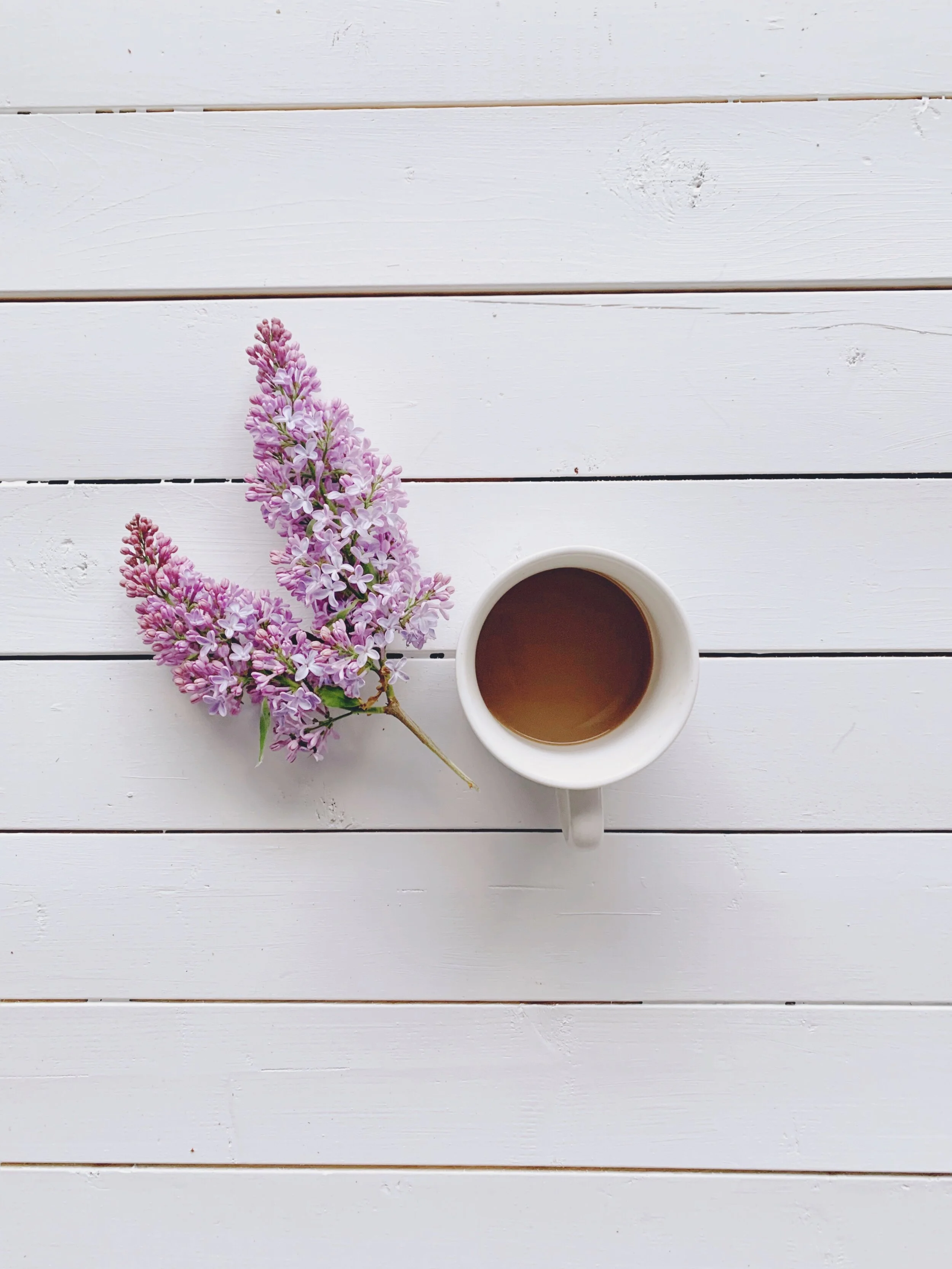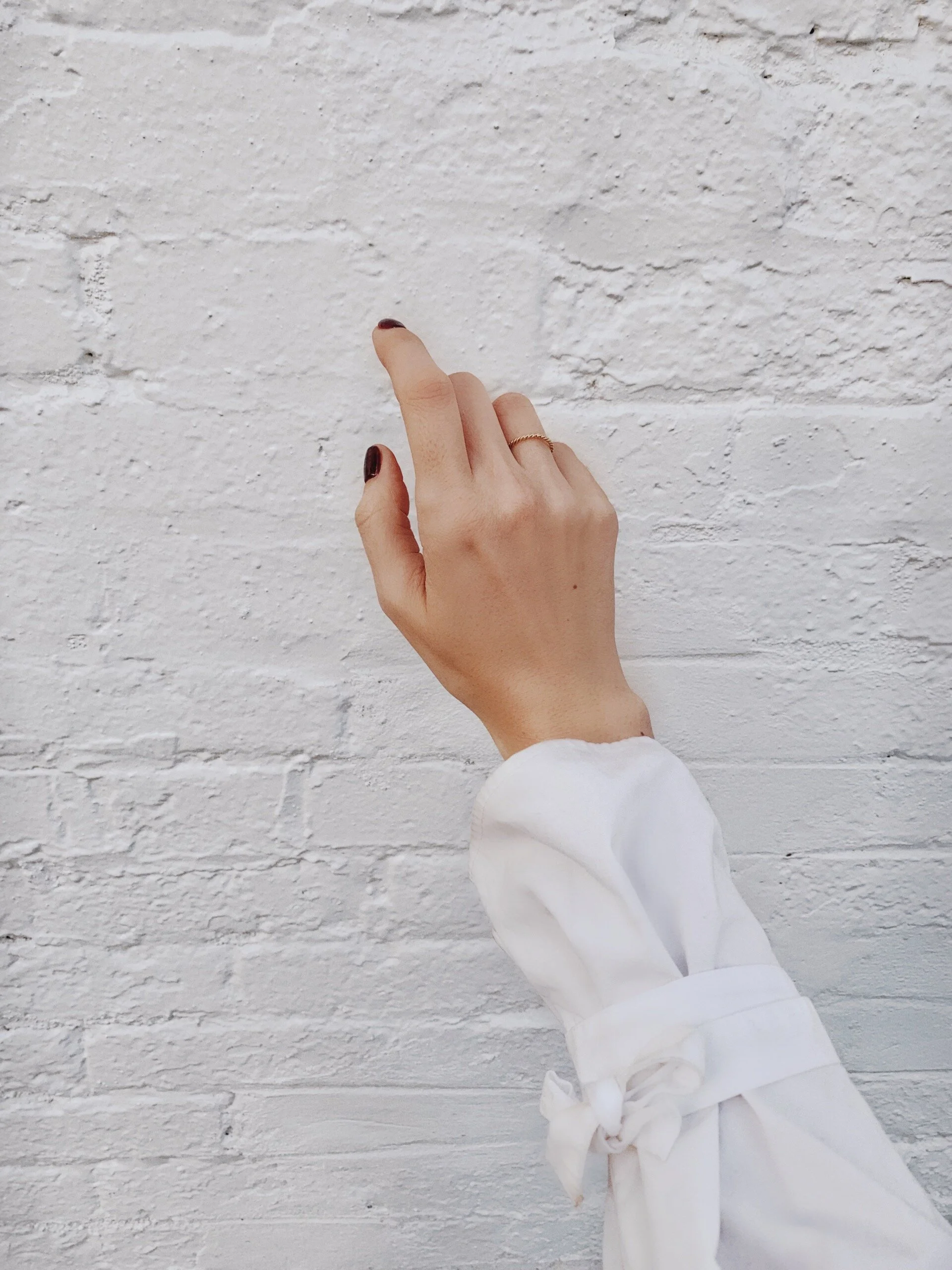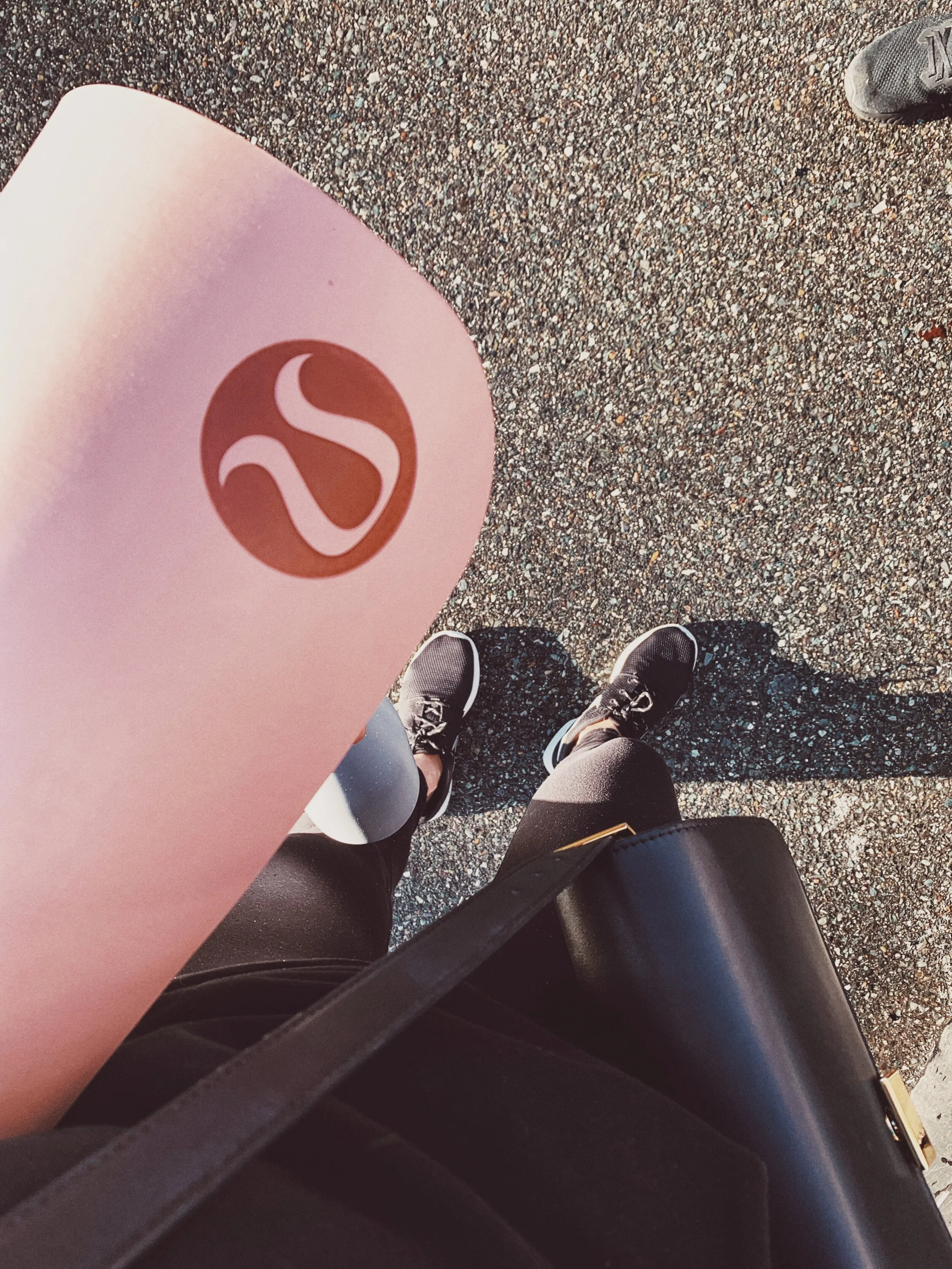WHAT I'VE BEEN EATING

NUTRITION
WHAT I’VE BEEN EATING
I’ve been receiving a lot of questions on instagram about the smoothie’s I’ve been making so I thought I would write a more in-depth post about them. I feel really passionate about sharing what I learn on my blog so here it goes:
One of my main goals this year is to be more curious and to pick one major goal to work towards each month.
My goal for January is to get back on track with my eating routine after our honeymoon and the holidays. It’s amazing how quickly the weight I lost found me. I wish it hadn’t but it did. Since it was so easy for the weight to come rushing back, I thought to myself, this time I would try something different.
This also was a perfect opportunity to put my goal of being curious into use by actually learning the science behind what we eat and how it effects our bodies, minds and our ability to gain or lose weight.
I’ve been doing a lot of research online, watching a lot of Ted Talks but the most valuable source of information I came across was Kelly LeVeque’s book ‘Body Love Everday’ which was being promoted by one of my favourite bloggers Geri Hirsch. I quickly purchased the book as it is another goal of mine this year to read at least one book a month (ideally three a month). I started reading and it all made so much sense. So I encourage you to purchase the book for yourself if your curious. I’ll describe below how reading this book has changed my way of eating and outlining what a typical day looks like for me now compared to what it used to.
First of all, I’ve started intermittent fasting. I actually started before I read her book, back at the end of 2019 by following the 8:16 rule. This means that you eat all of your meals within an 8 hour window during the day (11am-7pm) and then fast for the other 16 hours (you’re allowed to drink water, coffee and tea during fasting hours).
As it turns out Kelly Leveque’s book actually follows this technique if you want it to. Her times are a bit more lenient so I am now eating between 9am and 6pm, 5 days a week and between 11am and 5pm, 2 days a week.
WHAT A TYPICAL DAY LOOKS LIKE FOR ME
HYDRATE
what I used to do:
I wouldn’t drink water.
what I do now:
First thing when I wake up, I drink 2 cups (approximately 1 large glass of water). This helps kick start my metabolism, hydrate my body, keeps me full longer…etc.
You should aim to get between 7 and 10 cups. of water in per day. So first thing in the morning you’ve already got 2/10 down. If you’re needing a little more motivation to get your first glass of water in, a lot of make up artists and beauty experts recommend drinking a glass in the morning to help your skin look better and to de-puff your face if you’re looking a little puffy in the morning.
BREAKFAST
what I used to do:
I used to start my day with a smoothie, smoothie bowl, two pieces of toast with unsweetened jam or a bowl of cereal around 8 am in the morning. I focused on having a breakfast that was under 300 calories.
what I do now:
9:00 am
I used to start most days with a smoothie so it may seem like my morning hasn’t changed a great deal, which if you look at it on a more two dimensional level it hasn’t been a huge change.
It’s more the ingredients and the approach to my smoothie recipe that has changed. I now start the day with one of Kelly LeVeque’s Fab Four smoothies which focuses on getting protein, fibre (chia or flax seeds), fat (almond butter or avocado)and greens ( frozen spinach or cauliflower) into your diet. Mix and match ingredients to create your own smoothie and add unsweetened almond milk to it. The options are truly endless. Her book has tons of recipes.
HYDRATE
what I used to do:
I would drink 1 bottle of water. Roughly 2.5—3 cups.
what I do now:
Between breakfast and lunch I drink another 2 cups of water which brings me up to 4/10 cups for the day. It will also help keep me full until lunch time.
LUNCH
what I used to do:
11-1pm
I used to gravitate towards protein smoothies or basic salads stripped of most of the extravagances. If I was buying my lunch, I was always on the look out for the lowest calorie option, something around 250 calories. I would also always get an almond milk latte to go along with it to help fill me up which is about 75 calories.
what I do now:
1:00pm
Again, I haven’t changed a great deal in the type of meal I am eating, I am just focussing on what nutrients I am getting from these meals rather than my calorie intake.
I’ve been gravitating to medium to large sized salads for the most part for lunch but again, focus on getting protein, fat, fibre and greens. I am also trying to make sure I am consistently switching up the ingredients in my salads.
Tips on how to build a salad that fits into this mindset:
greens: Alternate your lettuce base (spinach, arugula, kale, romaine…etc)as they all will provide you with different nutrients. Add in-season vegetables (for something different; try peeling long strips of cucumbers, carrots and zucchini’s to add to your lettuce base, it’s a really pretty alternative to chopped veggies.)
protein: add protein to your salad (chicken, salmon, shrimp, eggs are all great animal proteins); if you are plant based avoid soy products as they’ve been proven to be quite harmful on the body (beware, soy protein is used in cliff bars and try to look for alternative soy sauce options like coconut aminos) and opt for getting your protein from beans (lentils, black beans, chickpeas…etc.), nuts (almonds, cashews, pecans, walnuts) and seeds (hemp hearts, sunflower seeds).
fat: getting fat in your salads is super easy. Adding monounsaturated fats through nuts or the oils you use in your dressing like (almonds, pecans, avocado, avocado oil or extra virgin olive oil) Is a great way to do it. It’s great if you can get a few types of fat into your meal so also look to polyunsaturated fats (walnuts, hemp hearts, sunflower seeds, pumpkin seeds, sesame seeds.
fibre: you can get your fibre by adding flax seeds or chia seeds to your meal but an easier way at lunch time is to eat greens (arugula, spinach, kale…etc.) and vegetables.
avoid: I used to fill my salads with berries and fruit, but having learned more about how much our insulin levels (largely effected by sugar intake, whether that be natural sugars, artificial sugars, carbohydrates, or diet sodas) effect our ability to lose weight, I’ve stopped eating them for the time being.
I also avoid dairy and carbohydrates. I haven’t been eating cheese or bread but to be honest, I really haven’t missed them.
This may seem scary and deter you from trying this method but I ensure you, after you read the book you’ll find the same thing and you’ll understand why you aren’t craving those foods anymore.
HYDRATE
Fit in another 2 cups of water with your lunch bringing you up to 6/10 cups for the day.
SNACK
what I used to do:
I would have an almond milk latte with lunch, which I counted as a snack. I would rotate between snacking on grapes, carrots, air popped popcorn and would often opt for a simply protein bar.
what I do now:
I’ve tried to cut down on my afternoon snack since reading Kelly LeVeque’s book as she describes that whenever you eat, you are restarting the digestion process which takes about 4 hours to complete. This makes losing weight harder as you need to fully digest your foods in order to lose weight. However, when I do snack, I’ll reach for a handful of nuts like pecans which are filling and satisfying, or I’ll reach for an almond milk latte (without added sweetener)(My favorite spots in Vancouver to get almond milk latte’s are small victory and khave.). or a homemade matcha misto with collagen.
DINNER
what I used to do:
5:30 - 6:00 pm
I used to try to do something quick. We would often make smoothies, pick up protein smoothie’s from body energy club on the way to the gym, we would make salads (I would pair it with chicken or baked tofu and nick with salmon). Our salad dressings would be homemade with flavored balsamic vinegar and olive oil and would have more berries than vegetables.
what I do now:
6:00pm
Dinner is often just another variation of lunch. But I am more likely to roast my veggies or wilt my greens to go along with my protein. (a note if you’re roasting veggies, be sure to use avocado oil as it has a higher smoke point and can withstand the heat of the oven). I also alternate between veggie proteins and animal proteins. Nick is a pescatarian so I like to make one meal for us as often as I can but on the rare occasion I’ll make something with meat for me and will cook a piece of salmon for him (I don’t like a lot of fish like tuna or salmon, otherwise I would cook us both fish). Dinner can traditionally be a more carb heavy meal (rice, bread, pasta type dishes). We try to replace rice with cauliflower rice (can be bought frozen or made at home), bread can be replaced with a lettuce wrap (taco shells, hamburgers..etc), and pasta can be replaced with veggie noodles (zucchini, carrot…etc) or shiritaki noodles. If Nick needs something a little more filling, he will eat the more carb heavy option but he’s found that the veggie alternative fills him up and he’s a young guy who works out for about an hour a day so that’s saying something.
Hydrate
Fit in another 2 cups of water with your dinner bringing you up to 8/10 cups for the day.
Hydrate
8:00pm
Fit in your last 2 cups of water before you go to bed, and you’ve hit your goal of 10/10 cups for the day.
I hope this has really painted a picture for you in what to expect. It’s been life changing adjustment for me. If you have any questions don’t hesitate to comment below or reach out via instagram. If you haven’t already purchased it here’s another link to Kelly LeVeque’s book ‘Body Love Everday’











